In today’s competitive business environment, optimizing pricing strategies is crucial for maximizing profitability. Companies must balance between attracting customers and maintaining healthy profit margins. A well-crafted pricing strategy can significantly influence revenue generation and customer retention. By adopting data-driven pricing models, businesses can ensure that their prices reflect both market conditions and the value they provide to customers. Here, we explore the key principles of pricing optimization and how businesses can leverage them to enhance profitability.
The Importance of Pricing Strategy
A pricing strategy is more than just setting a price; it’s about determining how much value your product or service holds for customers, and what they are willing to pay for it. According to a study by McKinsey, companies that adopt dynamic pricing strategies see an average 2-5% increase in profits. Conversely, businesses with outdated pricing methods often leave money on the table. By optimizing your pricing, you ensure that your products are positioned effectively within the market while maximizing potential profits.
Pricing has a direct impact on customer perception as well. High prices can imply high quality, but they may also alienate potential customers. On the other hand, low prices can attract bargain hunters but may not reflect the true value of your offering. This balance is critical in building brand equity and trust.
Key Factors to Consider When Optimizing Pricing
1. Understand Customer Segmentation
Pricing optimization starts with understanding customer needs and behaviors. Businesses should segment their customers based on various factors like demographics, purchasing patterns, and price sensitivity. By offering tiered pricing or discounts tailored to different segments, companies can increase their appeal to a broader range of customers while ensuring profitability. For example, premium customers might value exclusive features or personalized services, while price-sensitive customers may prefer discounts or basic packages.
2. Analyze Competitor Pricing
Competitive pricing is essential for positioning your products effectively in the market. Regularly analyzing competitor prices can help you understand the market’s price elasticity, i.e., how demand changes with price adjustments. This approach enables you to set your prices strategically, ensuring that you are neither overpriced nor underpriced. A study by PwC reveals that 55% of consumers compare prices online before making a purchase, making competitive analysis a vital part of pricing optimization.
3. Use Dynamic Pricing Models
Dynamic pricing is the practice of adjusting prices based on demand, competition, and other external factors. E-commerce platforms, airlines, and ride-sharing services are prime examples of industries that use dynamic pricing models to optimize revenue. By analyzing real-time data, businesses can adjust prices to reflect fluctuations in demand. This approach is particularly effective for industries that experience seasonality or fluctuating customer interest.
4. Cost-Plus vs. Value-Based Pricing
The most common pricing strategies are cost-plus pricing and value-based pricing. Cost-plus pricing involves adding a margin to the cost of producing goods or services. However, this method may not always align with customer expectations or willingness to pay. On the other hand, value-based pricing focuses on the perceived value to the customer rather than the cost of production. While cost-plus is easier to implement, value-based pricing tends to yield higher margins and ensures your price reflects the benefits delivered to customers. Businesses that implement value-based pricing can see profit margins increase by up to 25%, according to a report by Harvard Business Review.
5. The Role of Technology in Pricing Optimization
With advancements in artificial intelligence and machine learning, businesses can now automate and optimize their pricing strategies with precision. Predictive analytics tools can analyze vast amounts of data to forecast demand patterns and adjust prices accordingly. For instance, AI-powered pricing tools can recommend personalized discounts or promotions based on customer behavior, further enhancing profitability. In fact, businesses that implement AI-driven pricing strategies have reported an average 7% increase in revenue, according to a 2021 survey by BCG.
The Consulting Perspective
- When optimizing pricing, many businesses benefit from expert guidance. Consulting services can offer valuable insights into industry trends, market analysis, and customized strategies that align with your unique business objectives.
- By partnering with pricing consultants, companies can ensure that their pricing strategies are robust, data-driven, and adaptable to market changes.
- Consulting firms can also help businesses implement pricing models that support long-term growth while safeguarding profitability. Pricing optimization requires ongoing monitoring and adjustments.
- Companies should regularly assess the performance of their pricing strategies and make necessary changes based on market conditions and customer feedback.
- Consulting experts can provide the necessary tools and methodologies to track these metrics, ensuring that businesses stay competitive in a constantly evolving marketplace.
Optimizing pricing strategies is one of the most effective ways to boost profitability in a competitive market. By understanding customer segmentation, analyzing competitors, and leveraging technology, businesses can refine their pricing models to align with market demand and customer expectations. Consulting services can provide expert guidance in this process, ensuring that your pricing strategy is always one step ahead. With the right approach, pricing optimization can become a powerful tool for long-term profitability.

